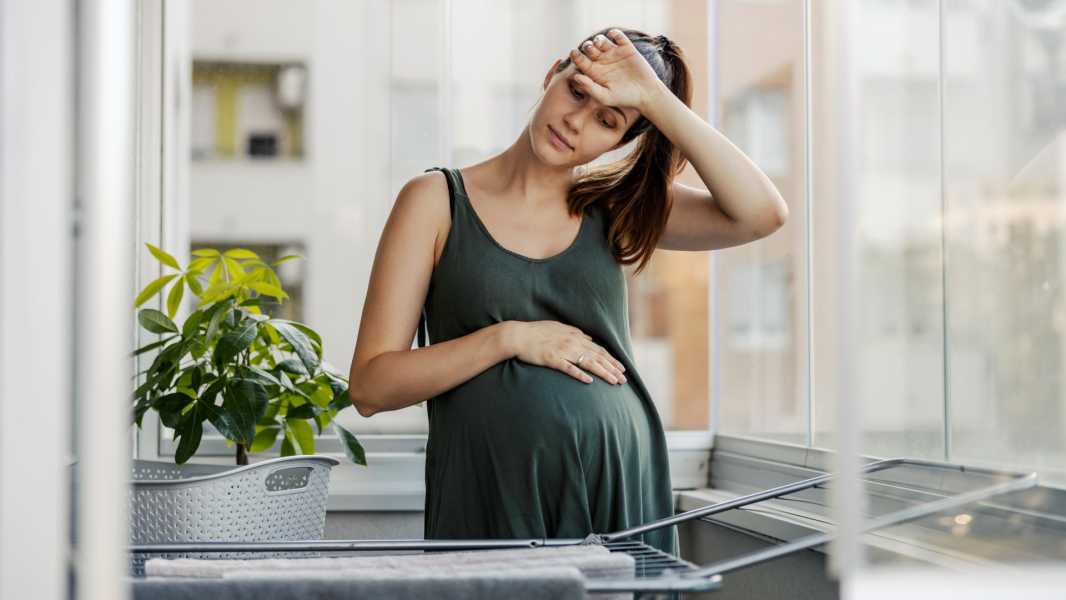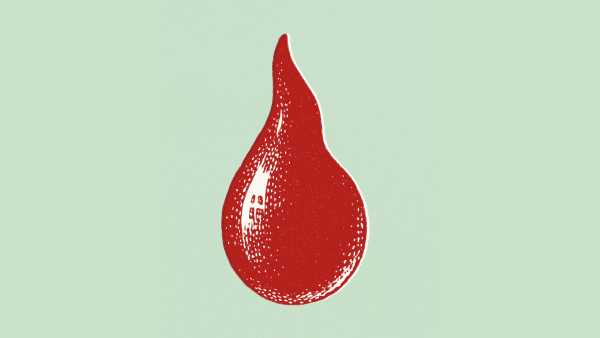
Climate change is creating environmental conditions that could increase the likelihood of babies being born later than planned. (Image credit: dusanpetkovic via Getty Images)
Exposure to elevated levels of outdoor air pollution and extreme temperatures increases the risk of post-term pregnancy, according to new research.
An analysis of nearly 400,000 live births in Australia found that women who were exposed to very cold or hot temperatures during pregnancy, as well as higher levels of fine particulate air pollution (PM2.5), were more likely to give birth after 41 weeks compared with those who were not exposed.
A typical pregnancy lasts around 40 weeks, while babies born after 41 or 42 weeks are considered “late” or “very late,” respectively. Delaying delivery can increase the risk of complications during labor related to the baby’s excessive size, including vaginal bleeding or hemorrhage, and the likelihood of stillbirth or death after birth.
The researchers behind the new study, which published their findings in the journal Urban Climate on January 31, say they are the first to examine how climate change may affect the likelihood of post-term pregnancy.
“We know that 'too early' – preterm birth – has well-documented health risks, but little attention has been paid to the risks associated with 'too late',” said lead study author Sylvester Dodzi Nyadanu, a research fellow in environmental health at Curtin University in Australia, in a statement.
In the new study, researchers looked at the levels of PM2.5 air pollution that 393,384 people were exposed to shortly before conception and during pregnancy, depending on where they lived. At the same time, they used a measure known as the Universal Heat Climate Index (UTCI) to assess how much their bodies were exposed to heat stress from weather conditions, taking into account factors such as air temperature and humidity.
Ultimately, they found that 12% — or 47,380 — of mothers had a long pregnancy (meaning 41 weeks or more), and that higher levels of PM2.5 exposure and thermal stress, as measured by UTCI, increased the likelihood of this. This was after accounting for other factors that could affect pregnancy length, such as smoking, socioeconomic status, race and ethnicity, and maternal age. Being a first-time mother, being over 35, and living in urban areas were particularly at risk.
Exposure to extreme temperatures and air pollution may prolong pregnancy in a number of ways, researchers say. For example, both may increase the production of unstable molecules known as “reactive oxygen species,” which can disrupt hormonal function.
Nyadanu said such risks could become more pronounced as climate change leads to more frequent extreme weather events and worsening air quality.
“This study highlights the need for targeted policies and preventive measures to reduce climate-related health risks, including stronger air quality regulation and public health initiatives to protect expectant mothers and children from extreme climate conditions,” he added.
Disclaimer
This article is for informational purposes only and does not constitute medical advice.
TOPICS Air Pollution

Emily CookNavigate
Sourse: www.livescience.com





